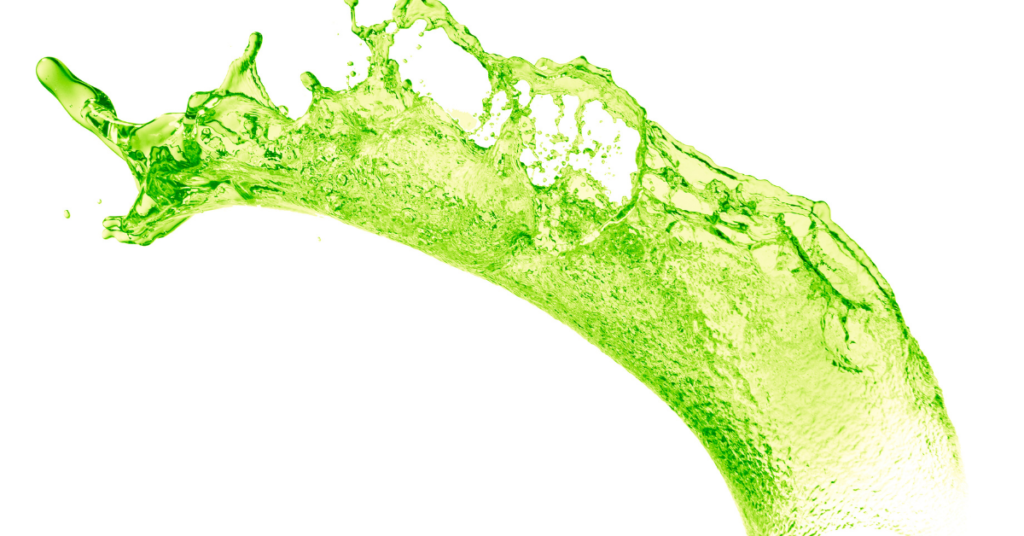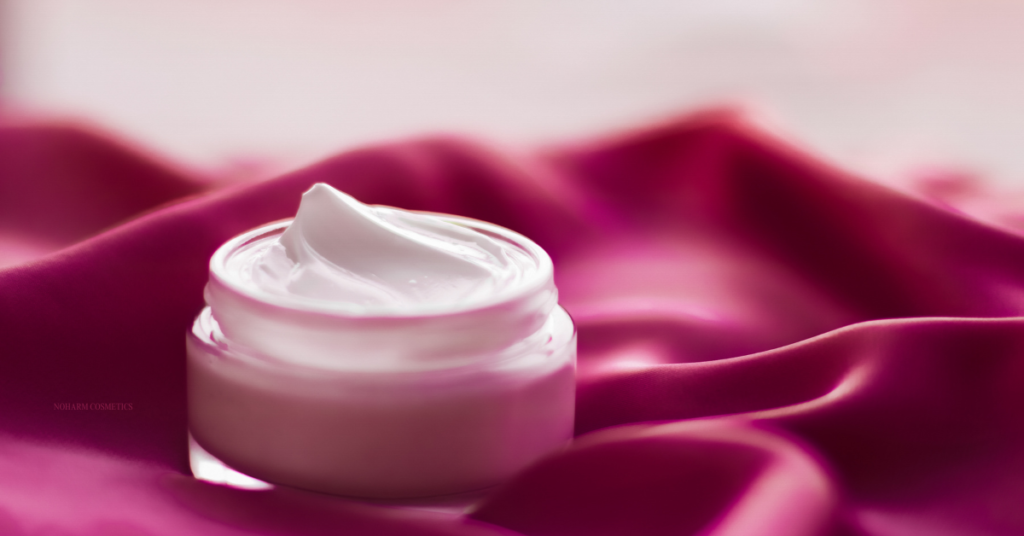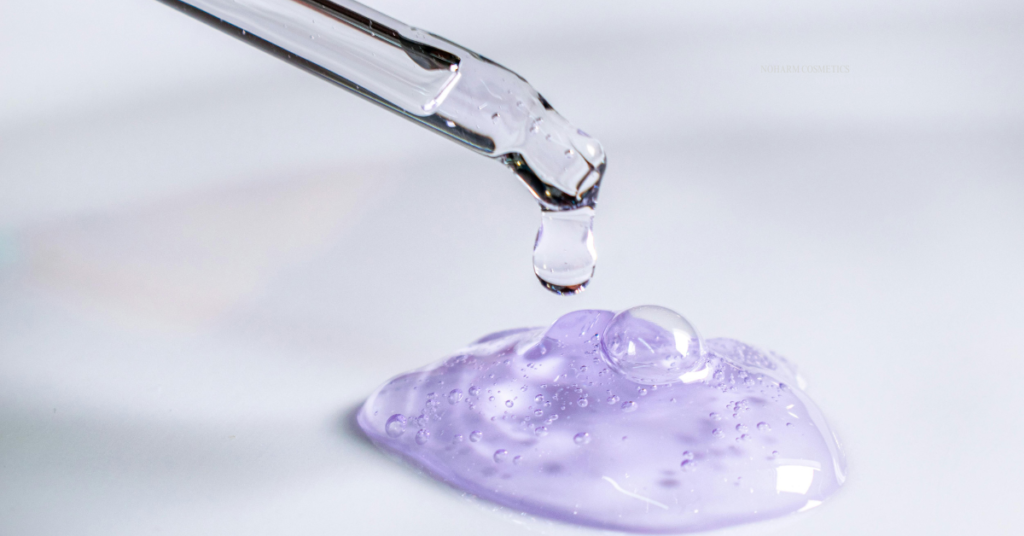The Loopholes in the Microbead-Free Waters Act
The Microbead-Free Waters Act of 2015 was a significant step in reducing plastic pollution by banning polyethylene microbeads in rinse-off cosmetic products like exfoliants and toothpaste. It does seem however that the law contains a few loopholes that continue to allow certain plastic ingredients to be used in cosmetics.
The Rinse-Off vs. Leave-On Gap
One key gap is that the law only applies to rinse-off products, leaving leave-on products like moisturizers, sunscreens, and lip balms unaffected. These products can still contain microbeads made from polyethylene or other plastics, contributing to environmental pollution as they don’t wash off and can end up in the waste stream.
Other Microplastics: Beyond Polyethylene
Additionally, the ban only targets polyethylene microbeads, while other types of microplastics like polypropylene or polystyrene remain unrestricted. Companies can still use these plastics in their formulations without facing legal consequences, allowing plastic pollution to persist.
Melted Polyethylene: Another Loophole
The law also doesn’t address the use of melted polyethylene, which is used in products like lipsticks and bronzers. Though it’s not in solid bead form, it’s still a form of plastic that can contribute to microplastic pollution. This is a clear example of how certain ingredients slip through the cracks of the law, raising concerns about their long-term environmental impact.
This is an excerpt from L’Oréal’s official statement on the subject polyethylene:
And in cosmetics, how can we tell which is which?
It’s tricky, because the INCI classification and nomenclature featuring in the ingredients list displayed on the packaging is not sufficient for determining whether an ingredient is a microplastic or not. In fact, the ingredients list mentions only the name of an ingredient and not its physical form.
This is the case, for example, with POLYTETRAFLUOROETHYLENE (PTFE) and POLYETHYLENE (PE). For the latter, in the particular case of lipsticks, we use a highly malleable polyethylene (PE) wax. During formulation, the raw materials are mixed at over 90 °C, the polyethylene melts completely and we obtain an even mix of all the ingredients. There are therefore no solid polyethylene particles in our lipsticks, as they have all melted. This (liquid) wax is not a microplastic. Nevertheless, it is clearly indicated on the ingredients list together with its INCI name: POLYETHYLENE.
While polyethylene used in cosmetics might not be as immediately harmful as microbeads, it can still contribute to microplastic pollution. The small pieces of polyethylene can accumulate in water systems and eventually find their way into oceans, rivers, and lakes. Marine animals can ingest these small plastic particles, leading to potential harm in the food chain.
Are Clean Beauty Brands Slipping Through the Loopholes?
L’Oréal doesn’t position itself as a clean beauty brand, and they do list polyethylene as an ingredient in their lipsticks. Brands like Jones Road, however–which market themselves as clean beauty, are expected to avoid ingredients like polyethylene. Yet, polyethylene appears in the Jones Road ‘The Bronzer’. Similarly, certain products sold on Credo Beauty, also list polyethylene in their ingredients. For example, the Westman Atelier’s $48 blush stick and the contour stick contain this ingredient as well. (Note: We reached out to the above-mentioned clean beauty retailers in case there has been any errors or an oversight, since formulas change).
A Balanced Perspective
It’s important to acknowledge that consumers aren’t asking for a world where every product is “pure” or free of any impact. What people are looking for is transparency and the ability to make informed choices. Most consumers simply want to avoid known harmful ingredients that have clear, documented risks. It’s not about perfection, but about minimizing harm and taking responsible steps toward more sustainable, ethical practices in the products we use every day.
Both PE and PP are used in cosmetics, though they often serve different functions.
| Polyethylene (PE): It’s commonly used in cosmetics as a thickening agent, emulsifier, or to create a smooth texture. PE can appear in products like lipsticks, foundations, moisturizers, and in some cases, exfoliants as microbeads (though this is now banned in many countries). It can also be used in the form of microplastic particles or in its melted form as part of the formulation. | Polypropylene (PP): PP is generally used in cosmetic packaging (e.g., bottles, jars, and caps) rather than in the formulation itself. However, it can occasionally be found in the form of polypropylene beads in products like exfoliants and scrubs, though less commonly than polyethylene microbeads. |
Microbead/plastic ingredients include:
- Polyethylene (PE)
- Polyethylene terephthalate (PET)
- Nylon (PA)
- Polypropylene (PP)
- Polymethyl methacrylate (PMMA)
- Dimethicone
- Acrylates Copolymer
References:
National Ocean Service. (n.d.). Microplastics. National Oceanic and Atmospheric Administration. https://oceanservice.noaa.gov/facts/microplastics.html
Science Direct (2022). Microplastics in personal care products: A critical review. Science of The Total Environment, https://www.sciencedirect.com/science/article/pii/S0147651322007734
Cosmebio. (n.d.). PEG: An ingredient in cosmetics you should avoid. Cosmebio. https://www.cosmebio.org/en/reports/PEG-ingredient-cosmetics-you-should-avoid/
Matthews, Kylie. “Microplastics and Microbeads in Toothpaste, Facial & Body Scrubs.” CHOICE, 22 Nov. 2021, www.choice.com.au/health-and-body/beauty-and-personal-care/skin-care-and-cosmetics/articles/microplastics-and-microbeads-in-toothpaste-facial-body-scrubs
Beatthemicrobead.org. “Get to Know Microplastics in Your Cosmetics.” Beat the Microbead, 12 Mar. 2020, www.beatthemicrobead.org/get-to-know-microplastics-in-your-cosmetics-2/




